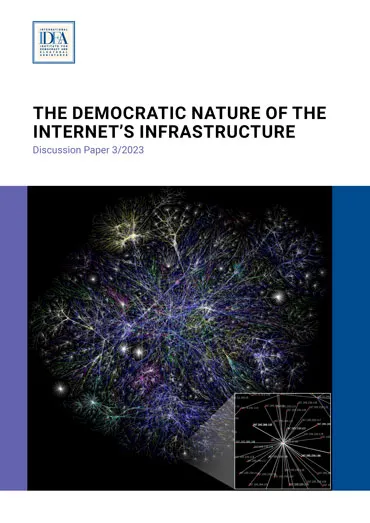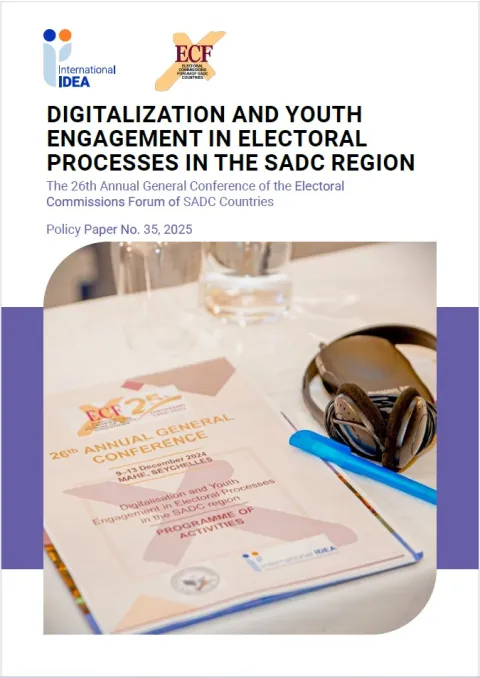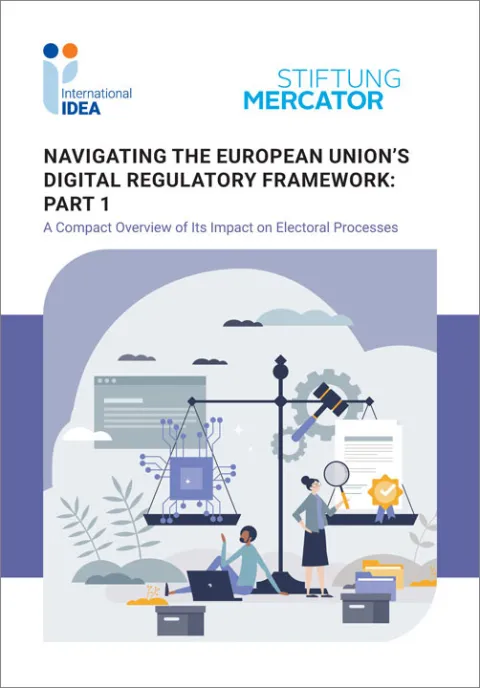The Democratic Nature of the Internet’s Infrastructure
The strength of the Internet lies in its original design, which in some ways mirrors democratic ideas. As with the separation of powers in a true democratic state, the architecture of the Internet has no centre of control and allows power to flow from the bottom up and even from the margins, rather than always from above. During the past few years, policymakers have directed their attention towards the top layers of the ‘Internet stack’, those where the effect on democracy is more easily observable. Little attention has been paid to the infrastructure of the Internet—the part that is invisible to users yet constitutes the essence of what the Internet is really about.
This paper seeks to alert democratic stakeholders to often ignored aspects of the digital threats to democracy, and to highlight the key weak spots of the Internet as an infrastructure upon which democracy itself partly rests.
Details
Contents
Executive summary
Introduction
1. The Internet, its design principles and democracy
2. Recommendations
Conclusion
References
Appendix A. Open Systems Interconnection
Give us feedback
Do you have a question or feedback about this publication? Leave us your feedback, and we’ll get back to you
Send feedbackThe Democratic Nature of the Internet’s Infrastructure

| Total views | 2237 |
|---|---|
| Downloads | 42 |
| Rating |
Give us feedback
Do you have a question or feedback about this publication? Leave us your feedback, and we’ll get back to you
Send feedback










